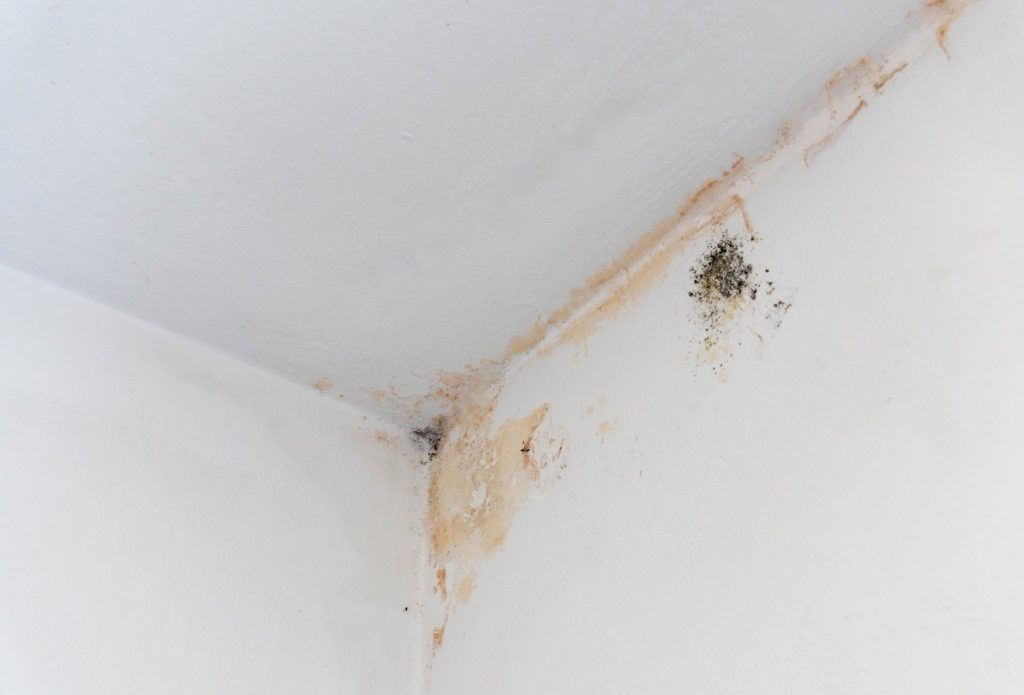Mold can happen anywhere: all it needs is a little moisture and warmth. Removing mold is a priority for all building owners, since it can lead to some nasty health effects if left untreated. Luckily, mold remediation services can not only remove the current mold in your home or business, but also identify underlying sources to prevent future cases of mold, too.
However, the process doesn’t end when the mold is removed. Keeping up with the proper post-remediation actions is crucial to prevent mold from returning.
You don’t want to have to keep your mold remediation specialists on call – so check out our guide to prevent recurrence post-remediation. As mold removal specialists based in Denver, we’re the experts in dealing with environmental hazards in your home.
When to get a post-mold remediation inspection
After mold remediation, we recommend first scheduling a post-remediation inspection. This inspection verifies that the mold has been successfully removed and that the affected areas are safe. It’s best to do this immediately after remediation to catch any issues early, ensuring your home is mold-free.
To choose the right inspector for you, you’ll want to make sure your inspector has certificates in mold inspection or water damage restoration. They should be able to explain the inspection process to you when asked, and – naturally – you’ll want to check their customer reviews and testimonials to confirm their experience. They may use a variety of mold testing methods, such as air sampling, moisture measurements, and visual observation.
We also recommend getting post-mold remediation inspections if you suspect your job has not been completed to your satisfaction. There is not a national EPA certification for mold remediation, only EPA mold cleanup guidelines, so there can be variations in how mold remediation is conducted. If you still notice leaks, damp areas, or an odd smell in the location of the mold, an inspection could be a good idea. Alternatively, if you notice your professional remediation team isn’t following EPA guidelines, you may want to seek an inspection.
Cleaning your home after mold remediation
Once remediation is complete, thorough cleaning is necessary to remove any residual mold spores and dust. Focus on vacuuming carpets, wiping down surfaces, and cleaning HVAC systems to ensure no spores are left behind. Using HEPA filters during cleaning can help capture smaller particles that might otherwise go unnoticed.
EPA guidelines for DIY cleanup post-remediation include:
- Ensuring all surfaces are completely dry,
- Using a mixture of water and detergent to scrub all hard surfaces, and
- Throwing away porous materials that could absorb mold, like ceiling tiles.
Mold prevention strategies
Preventing mold from returning is key to maintaining a healthy home environment. Implement these strategies to keep mold at bay:
Control the humidity
Mold thrives in humid environments, so it’s essential to keep indoor humidity levels below 60%. Using dehumidifiers, especially in damp areas like basements and bathrooms, can help regulate moisture levels.
Improve your ventilation
Proper ventilation in your home can significantly reduce the risk of mold growth. Ensure that your kitchen, bathrooms, and laundry areas are well-ventilated by using exhaust fans or opening windows to allow fresh air to circulate.
Keep it clean
Regular cleaning is a simple yet effective way to prevent mold. Dust, dirt, and organic materials can fuel mold growth, so keeping surfaces clean and dry will reduce the chances of mold taking hold.
Detect and prevent leaks
Water leaks are a common cause of mold problems. Regularly inspect your home for leaks, especially around windows, roofs, and plumbing fixtures. Addressing leaks promptly can prevent moisture buildup, which is a breeding ground for mold.
Need mold remediation services in Colorado?
If you’re based in Colorado near the Denver area, Mile High Environmental Services provides elite emergency restoration services across our communities. Our service area spans across multiple counties – take a look and see if you’re covered!
Founded in 2012, our team at MHES specializes in environmental hazard removal such as asbestos, lead paint, and mold. We serve residential, commercial and municipal clients to ensure that everyone has a healthy, safe environment to thrive in. Call us today at (303) 481-8234 for our mold removal and remediation services, or contact us here for an estimate.


